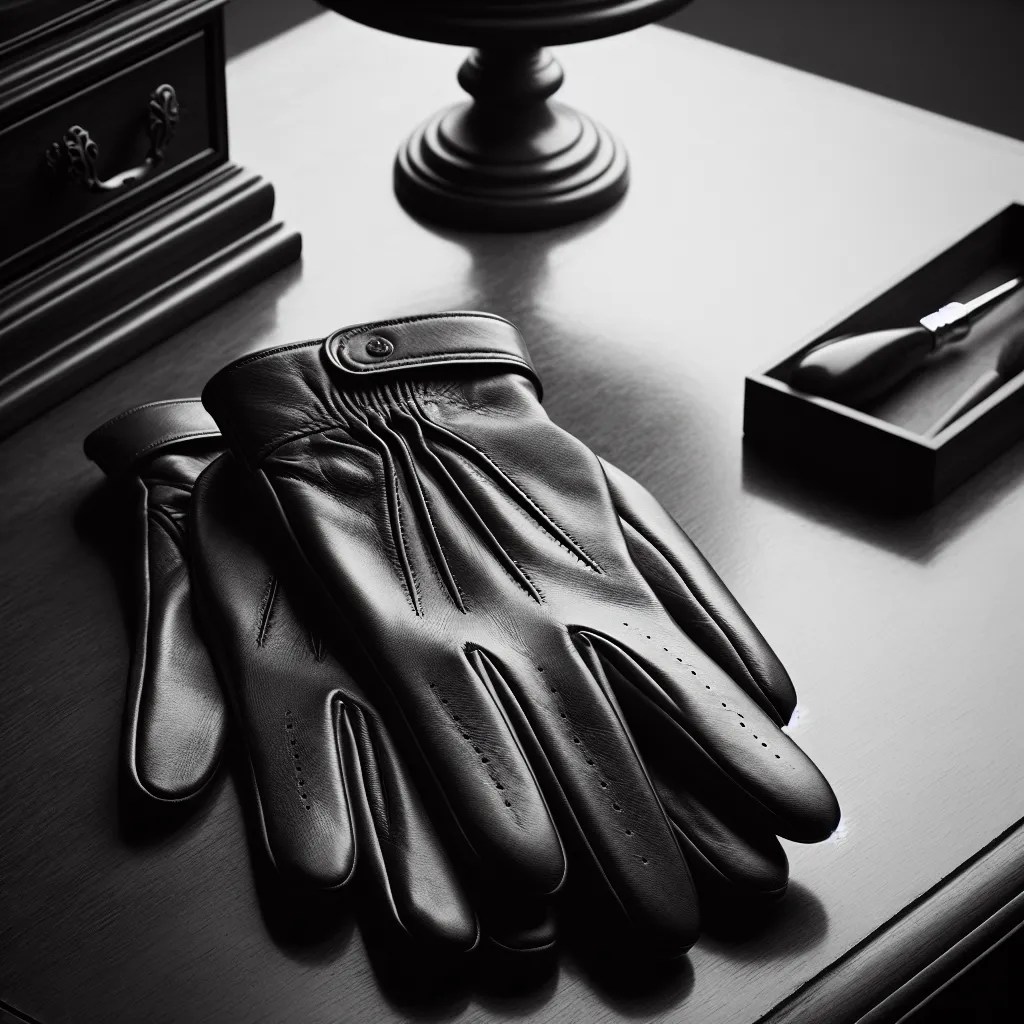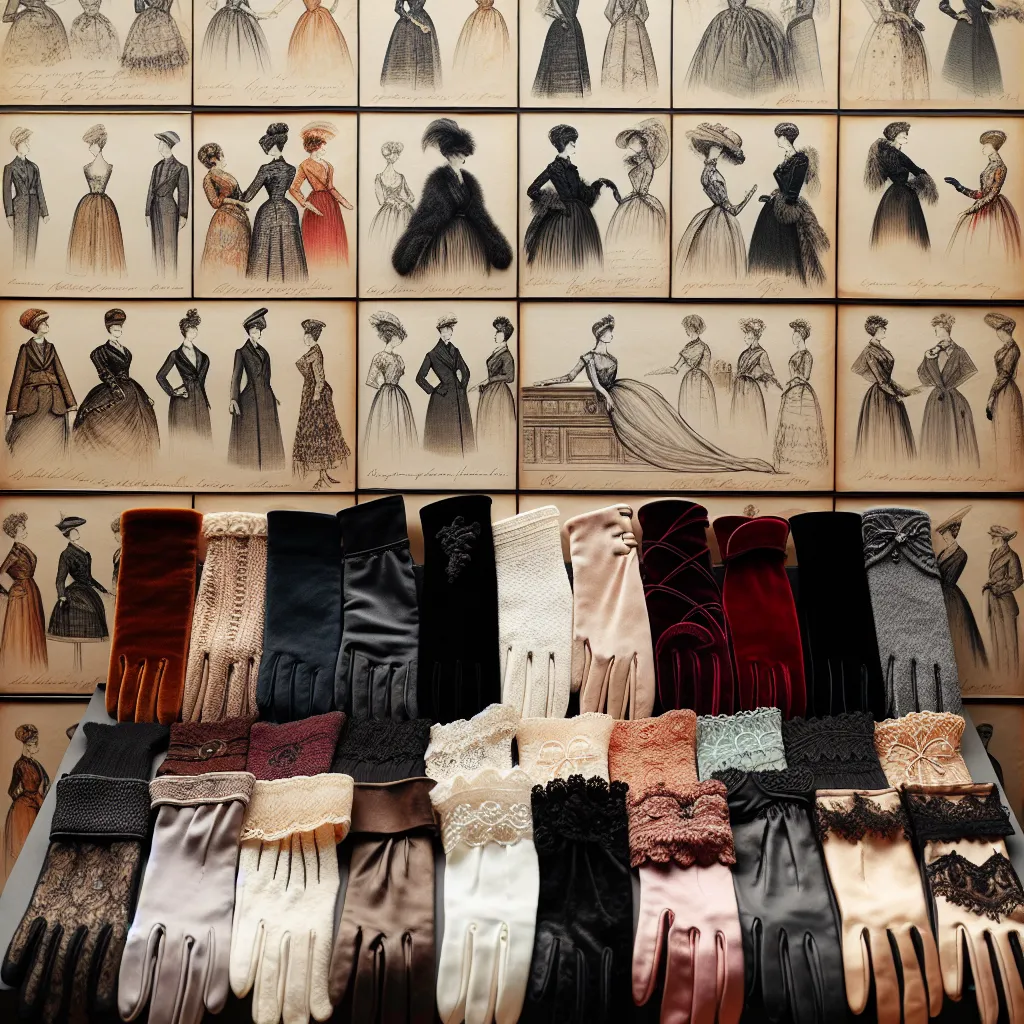
The Evolution of Gloves: From Function to Fashion
The Practical Origins of Gloves: Utility and Protection
Gloves have a long and storied history, evolving from purely practical items to fashion statements. The practical origins of gloves can be traced back to the need for utility and protection. Early gloves were crafted for functional purposes, such as providing warmth in cold climates, offering protection during laborious tasks, and serving as essential gear for hunting and combat. The utility aspect of gloves made them indispensable in various trades and activities, from agriculture to warfare.
The Role of Gloves in Historical Fashion and Culture
The role of gloves in historical fashion and culture has evolved significantly over the centuries. Initially, gloves served a purely functional purpose as protective hand coverings, particularly in cold climates or for those engaged in rough labor. However, their role expanded beyond function and into the realm of fashion and cultural symbolism.
In ancient civilizations such as Egypt and Rome, gloves were indicative of social status and a symbol of elegance and refinement. They were often ornately decorated and made from luxurious materials, denoting the wealth and prestige of the wearer. Gloves became closely associated with nobility and the upper classes, serving as a marker of distinction and sophistication.
Throughout the Middle Ages and Renaissance, gloves continued to hold a prominent position in fashion, with distinct styles emerging to reflect the prevailing trends of the time. Elaborately embroidered and perfumed gloves became fashionable accessories, and the act of glove-giving carried romantic connotations, frequently depicted in art and literature.
The Victorian era saw gloves become an indispensable component of proper attire, especially for women. Etiquette demanded that a lady always wore gloves in public, signaling her adherence to societal norms and refined upbringing. Different glove lengths and styles were favored for various occasions, ranging from delicate lace gloves for formal events to sturdy leather gloves for outdoor activities.
In more recent times, gloves have retained their status as fashion statements, with iconic figures such as Audrey Hepburn and Marilyn Monroe popularizing their stylish appeal. The 20th century witnessed the adaptation of gloves into various subcultures, from the punk-inspired fingerless gloves to the sleek, long gloves synonymous with old Hollywood glamour.
Today, gloves continue to be an integral part of high fashion, with designers incorporating them into runway collections and pushing the boundaries of creativity and innovation. The evolution of gloves from purely functional items to iconic fashion accessories underscores their enduring significance in historical fashion and culture.
In conclusion, the role of gloves in historical fashion and culture has transcended mere functionality, becoming synonymous with elegance, social status, and self-expression. From ancient civilizations to modern runways, gloves have undeniably left an indelible mark on the tapestry of fashion history.
Remember to update the content regularly to ensure that it remains relevant and informative.
Technological Advancements in Glove Design
Technological advancements in glove design have significantly transformed the functionality and performance of this essential accessory. Over the years, gloves have evolved from simple hand coverings to highly specialized gear tailored for specific purposes, such as sports, industrial work, and medical applications. The integration of cutting-edge materials, such as impact-resistant polymers, moisture-wicking fabrics, and conductive fibers, has revolutionized the protective capabilities and comfort of modern gloves.
One of the key technological advancements in glove design is the development of smart gloves equipped with touch-screen compatibility. These gloves feature conductive materials in the fingertips, allowing users to operate smartphones and other electronic devices without exposing their hands to the elements. Additionally, the use of advanced grip-enhancing coatings and patterns has greatly improved the dexterity and overall performance of gloves for activities like rock climbing, cycling, and motorsports.
Furthermore, innovative manufacturing techniques, such as 3D printing and seamless knitting, have enabled the creation of highly customized and form-fitting gloves that offer superior flexibility and precision. The incorporation of ergonomic padding and ventilation systems has also enhanced the protective qualities and breathability of gloves, ensuring long-lasting comfort and support during prolonged use.
In conclusion, technological advancements continue to drive the evolution of gloves, pushing the boundaries of performance, comfort, and style. From touchscreen capabilities to enhanced grip and tailored ergonomic designs, modern gloves epitomize the seamless intersection of technology and functionality.
Modern Fashion Trends: The Reinvention of Gloves
Modern fashion trends have seen the reemergence of gloves as a statement accessory, blending function with style. Once primarily utilitarian, gloves have evolved to become a fashion statement, adding a touch of elegance and sophistication to any outfit. Designers have reimagined gloves in various lengths, materials, and styles, catering to a diverse range of tastes and preferences.
The reinvention of gloves in modern fashion trends has seen the resurgence of classic styles such as leather gloves, as well as the introduction of innovative designs including fingerless gloves, touchscreen-compatible gloves, and bold, colorful statement gloves. This evolution has not only expanded the functionality of gloves but also elevated them to a coveted fashion accessory, with designers incorporating them into runway looks and celebrity ensembles.
Furthermore, the integration of gloves into modern fashion has extended beyond traditional winter wear, with lightweight and breathable options making appearances in spring and summer collections. These contemporary iterations of gloves showcase their adaptability and enduring appeal, proving that they are no longer limited to cold-weather attire but can complement and enhance a wide array of ensembles throughout the year.
In conclusion, the modern fashion landscape has witnessed a remarkable transformation of gloves from practical essentials to stylish statements. As designers continue to push the boundaries of innovation and reinterpretation, gloves remain a dynamic and integral part of contemporary fashion, with their evolution reflecting the ever-changing intersection of function and fashion.



